- Home
- About us
- Blog
- Shop
- Brands
- ALL Brands List
- Analog Relax
- Antipodes Audio
- Audio Solutions
- AudioByte
- AudioCircle
- Audiomica Laboratory
- Canary Audio
- Canor Audio
- Chameleon Audio
- Dan D'agostino
- Eversolo
- Ferrum Audio
- Fezz Audio
- Glanz
- HiFiMAN
- HoloAudio
- LAB 12
- LAIV
- LampizatOr
- Magico
- Mega Acoustic
- Monrio Audio
- Origin Live
- Phasemation
- Pink Faun
- PLiXIR
- Qualiton
- Reed
- Remton
- Revival Audio
- Riviera Audio
- Rockna Audio
- Sbooster
- Shelter
- Sigma Acoustics
- Signal Projects
- SOtM Audio
- SPEC
- Takatsuki
- Takumi
- Tedeska
- Tellurium Q
- Trafomatic Audio
- Tsakiridis Devices
- Volumio
- Sales
- Second Hand Deals
- Account

QUALITON 300B Review by HiFi Knights
The name of the tested integrated amplifier, ‘300B’, seems to say it all, but Qualiton 300B is not your typical SET. A quartet of the magical triodes and the rated output of 2 x 25W suggest a different type of beast. If I were a gambling man, I’d wager one offering a bit less ‘magic’ and a bit more power and fidelity. Is it so? Let’s find out together.
Introduction
Some of our readers may remember my review of the Audio Hungary Qualiton A75 integrated published last year (see HERE). If you haven’t read it yet, have a look at it as you will find some details regarding the company, its history, and current lineup in it. If you have read it or are familiar with the Audio Hungary company and its achievements, let me start with a clarification. Since the name of the company, Audio Hungary, and the brand their products were sold under, namely Qualiton, differed, it caused some confusion. To clear it out, as I was informed by the man behind the company, Andras Fabian, since the beginning of this year, 2025, the Hungarian manufacturer has been using the name Qualiton only. Hence, the review title is Qualiton 300B, an integrated amplifier and the latest addition to the brand’s lineup.
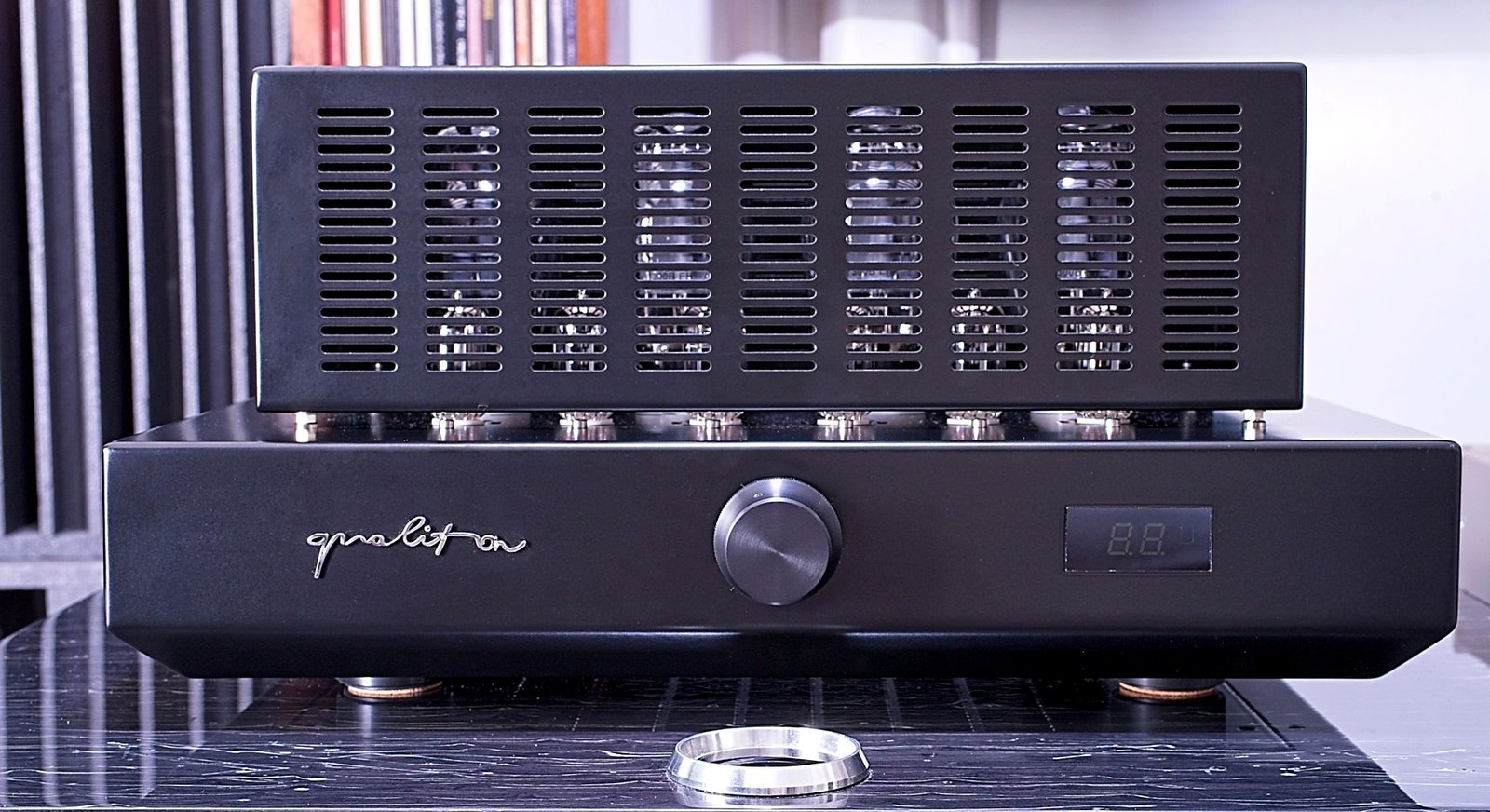
Last time, the A75 integrated was delivered for review by the Polish dealer and a manufacturer of excellent and (mostly) high-efficiency speakers, hORNS. However, this time, since it was quite a new model, Andras sent it to me directly. One of the results of that decision was me learning the hard way how heavy the new integrated was. Since the courier was unwilling to carry it up to my fourth floor by himself, I had to help. The net weight of this beast is 28 kg, so it’s no joke. Which brings to mind the popular belief, particularly among the tube-enthusiasts, which claims that the more metal (read: the heavier it is) any tube amplifier features, the better it sounds.
As my whole 20+ years long reviewer’s, and even longer personal, experience with such devices tells me, this particular belief carries quite a large grain of truth in it. With a very, very few exceptions, the heavier the tube amp is (also tube D/A Converter and phono stage, vide LampizatOr’s, for example), the better performers it (almost always, as I know some exceptions from this rule) turns out to be. Based on that, the chunky Qualiton 300B promised an exceptional performance right from the start.
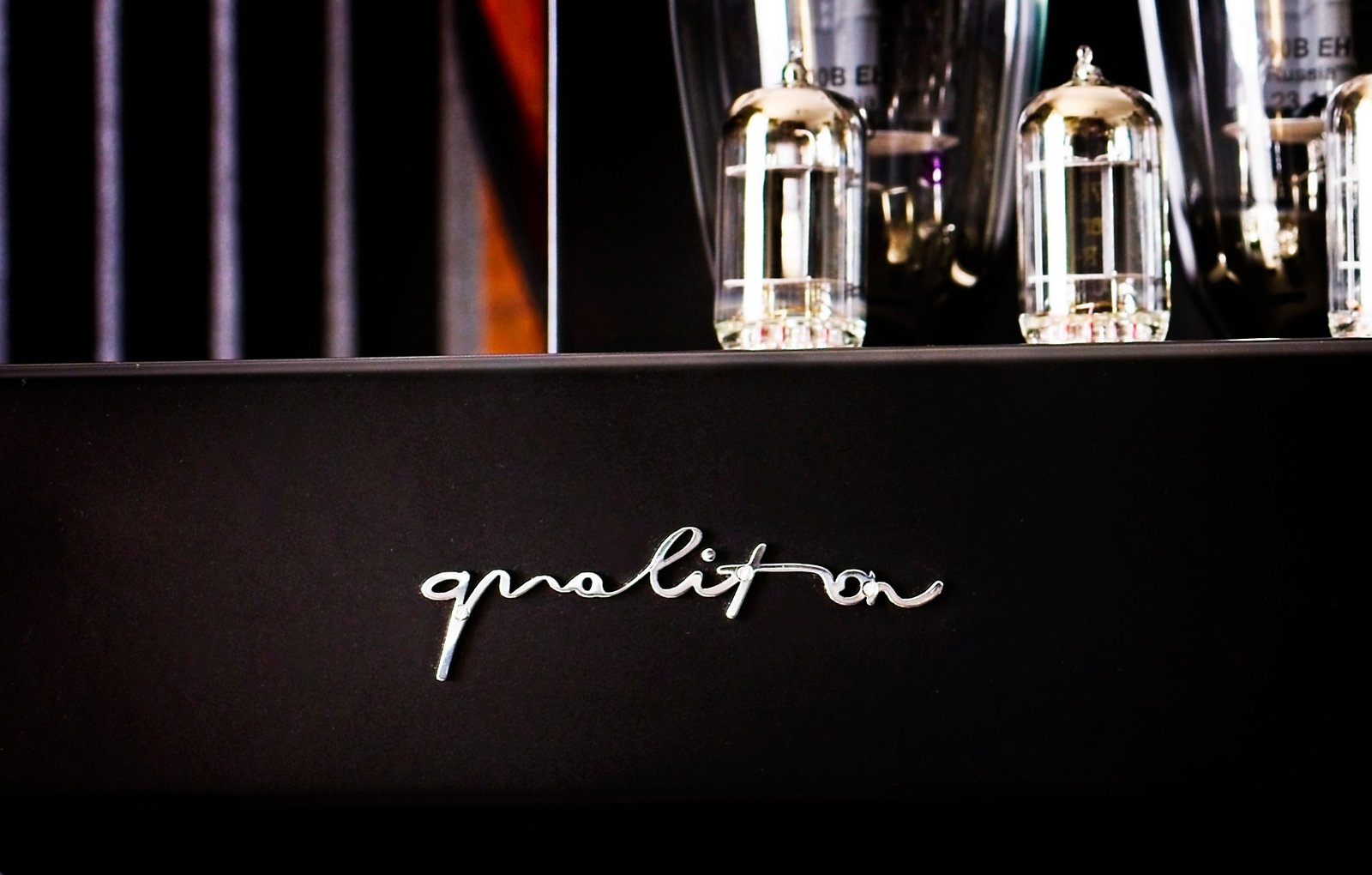
Design and Features
The external design of the Qualiton 300B integrated is not that different from the previously tested A75, featuring a similar black, metal chassis sitting on four feet, and a black ‘cage’ covering tubes, and yet…. And yet, even without having them both in front of me, right from the start, it felt as if the looks of the latest addition to Qualiton’s lineup have been further refined, more elegant, of a higher class, if you will. Obviously, the new integrated is bigger measuring impressive 42,5 (W) x 50 (D) (including knob on the front and connectors on the rear) x 21 (H) cm and weighing 28 kg, but that’s not really the point. It’s all about the details.
The manufacturer got rid of the push buttons for input selection present on the A75’s front panel, and now the only manipulator is the large multi-function push-knob in the center. It allows users to cycle between stand-by and on modes, adjust volume, and select an active input. Alternatively, you can use a very nice, handy, metal remote control that will allow you to operate the same functions (with input selection hidden under a short press of the „power” button). On the right side of the front panel, you will find a small display that shows you the volume level or, for a few seconds after you decide to change it, the number/symbol of the selected input. Also, the logo and brand’s name in one, placed on the front, is no longer a white ‘sticker’ but a silver metal cut-out fixed to it. As I said, it’s about details, but details that create a more exclusive vibe about this device and, I am sure, will be appreciated by many users who value the aesthetics of their audio components and, by extension, of their listening rooms.
The rear panel features five analog inputs, four with RCA connectors and one with XLRs. The fifth pair of RCA gold-plated jacks is actually a subwoofer output. The latter allows users, if needed, to supplement the lower range of their speakers with an additional subwoofer. If I had to complain about something concerning the Qualiton 300B, it would be the spacing between the RCA connectors. They sit quite close to each other, so using some interconnect models with bigger than standard plugs may be an issue (even the connectors on my Bastanis Imperial interconnects, a bit thicker than regular ones, barely fit in). You’ll have no issues with standard connectors, though, or if you don’t use all the inputs. Next to them, you’ll find solid speaker posts with separate taps for 8 and 4 Ω speakers. A standard IEC power inlet and on/off switch complete the features of the rear panel.
After turning the Qualiton 300B on, the device needs a moment before it is ready for operation, from which I infer that some kind of soft-start circuit is in play, which is good news as it should extend the tubes’ lifespan. The set used for this model includes two 12AX7 EH Gold (ECC83), four 12AT7 EH Gold (ECC81), and four 300B EH. All three types are quite popular, which opens an opportunity for tube rollers who like to look for an even better or maybe just a bit different performance. To make things easier for users, whether those replacing aging tubes or trying to find a different sound, the manufacturer integrated the newest iteration of their Automatic Bias System for continuous and precise control of the bias, so you don’t need to worry about it.
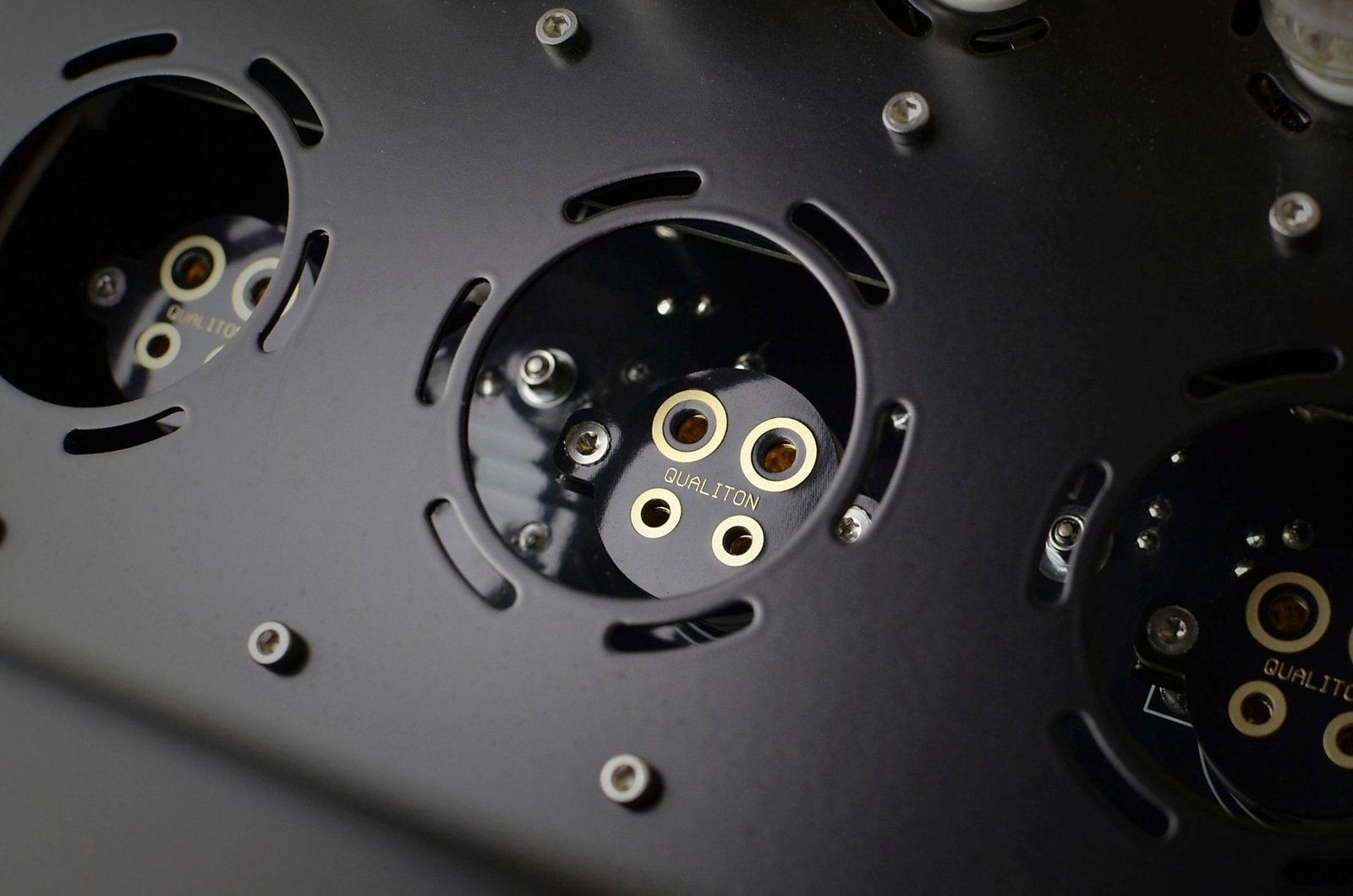
As one of the key elements of every tube design that has a great impact on its performance, are output, but also power, transformers, let me share some information regarding those taken from the manufacturer’s website. It reads that transformers used in Qualiton amplifiers are „custom-designed and built in-house”. Further, they state that: „… output transformers are constructed using high-permeability, large cross-section toroidal magnetic cores, which undergo initial impregnation during the production process. Following this, the winding process begins, utilizing a multi-layered, sectioned, and specially arranged winding configuration. This meticulous design ensures optimal performance across both low and high frequencies. Once the winding is complete, the transformers are encased in metal shielding cans to minimize electromagnetic interference. Finally, they are potted using an epoxy compound to eliminate mechanical vibrations and associated noises.”
Another feature of the Qualiton 300B integrated amplifier emphasized by the manufacturer is its highly optimized layout. As they explain: „During the design phase, a significant amount of engineering time was devoted to the layout details of the whole integrated amplifier. Our top priority was to maximize the signal-to-noise ratio and completely eliminate mains-related signal components from the audio frequency spectrum. To achieve this, we separated the audio circuits as much as possible from the power supplies that cause the most electromagnetic interference. We also restructured a substantial portion of the amplifier’s internal components. By using our highest-quality printed circuit boards, we created a modular, robust, and high-performance layout.”
As it reads on the Qualiton’s website, the Hungarian manufacturer uses high-quality, selected, and tested components to achieve the highest possible sound quality and reliability of the design. For example, tubes used in the preamplifier stage are selected for low noise, symmetry, and minimum distortion. To best accommodate tubes and ensure optimal connections, they use gold-plated ceramic sockets. In audio circuits, Qualiton uses exclusively film capacitors for optimal performance and ceramic composition resistors in critical areas to enhance reliability. In the power supply section, they decided to use long-life, high-temperature-tolerant capacitors to withstand demanding conditions, plus they use mains filtering on the primary side of the power transformers to get rid of any interference that may be present in the power grid.
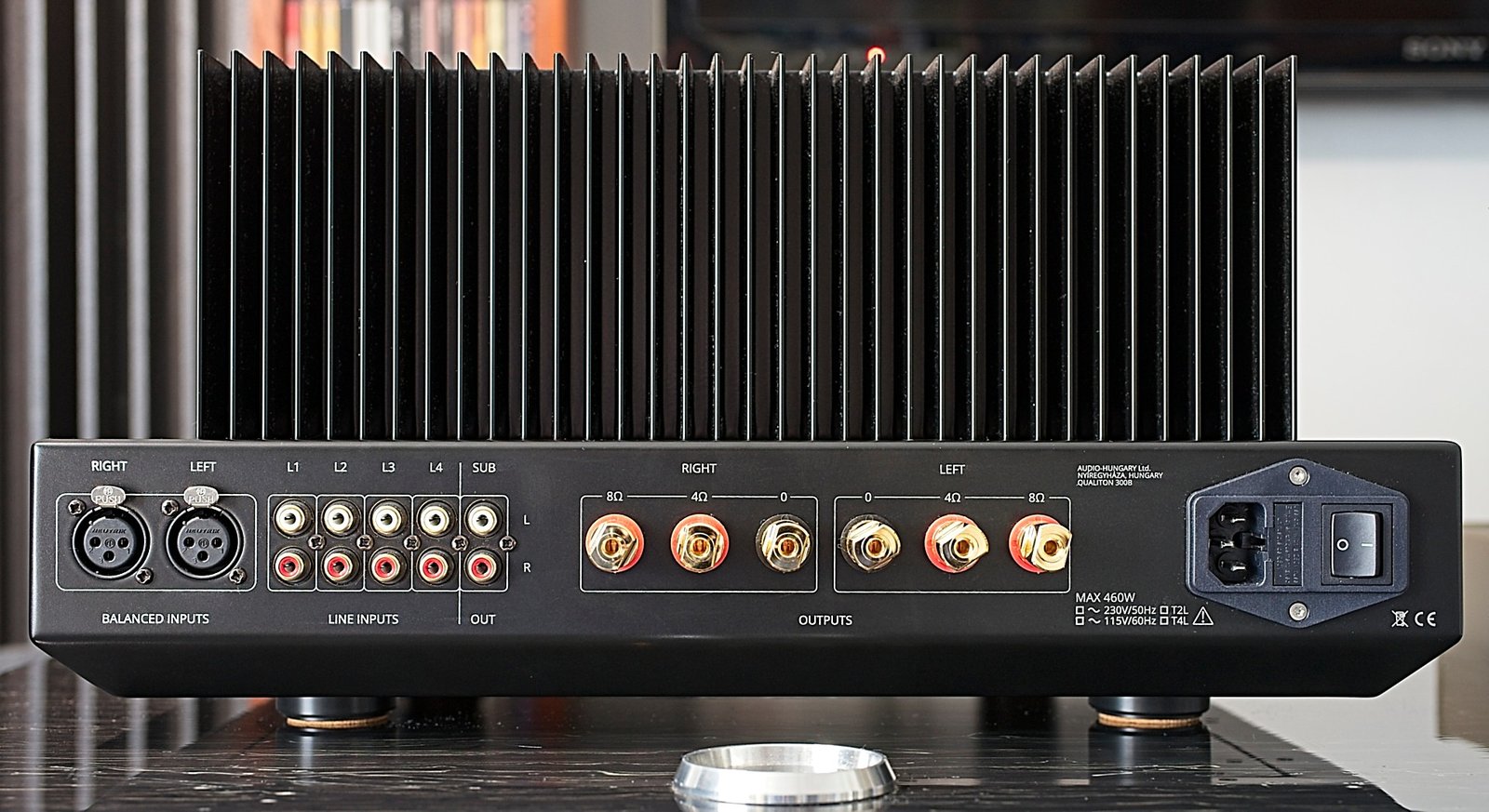
All in all, what you get is a good-looking, easy-to-use tube integrated amplifier with two ‘magical’ 300B triodes per channel, capable of delivering up to 2x25W. Let’s give it a spin to find out whether its performance matches the looks and make quality.
Sound quality
One of the often-repeated complaints regarding 300B SET amplifiers concerns their low output and, therefore, inability to properly drive many, if not most, speakers. Usually, what we get is roughly 8W per channel (@ 8Ω), so if you want to fully benefit from such an amp’s refinement and class, you need relatively high-efficiency speakers with a flat impedance curve (which is even more important than sensitivity as such). I have never kept it a secret that a setup with a 300B SET amplifier and proper speakers is one of my favorite means for experiencing music. I do get it, though, that it is not for everyone.
Qualiton addresses these complaints simply by offering 300B lovers an amplifier capable of outputting up to 25 W per channel. It does not operate in a single-ended (or PSE) mode but rather in a push-pull configuration with two 300B triodes per channel, though. What does it mean for the ‘300B magic’ attributed to SET amps? How much of it one still gets, and what are other qualities that this amplifier has to offer that a ‘regular’ 300B SET can’t? That’s what I planned to find out through long and meticulous listening sessions.
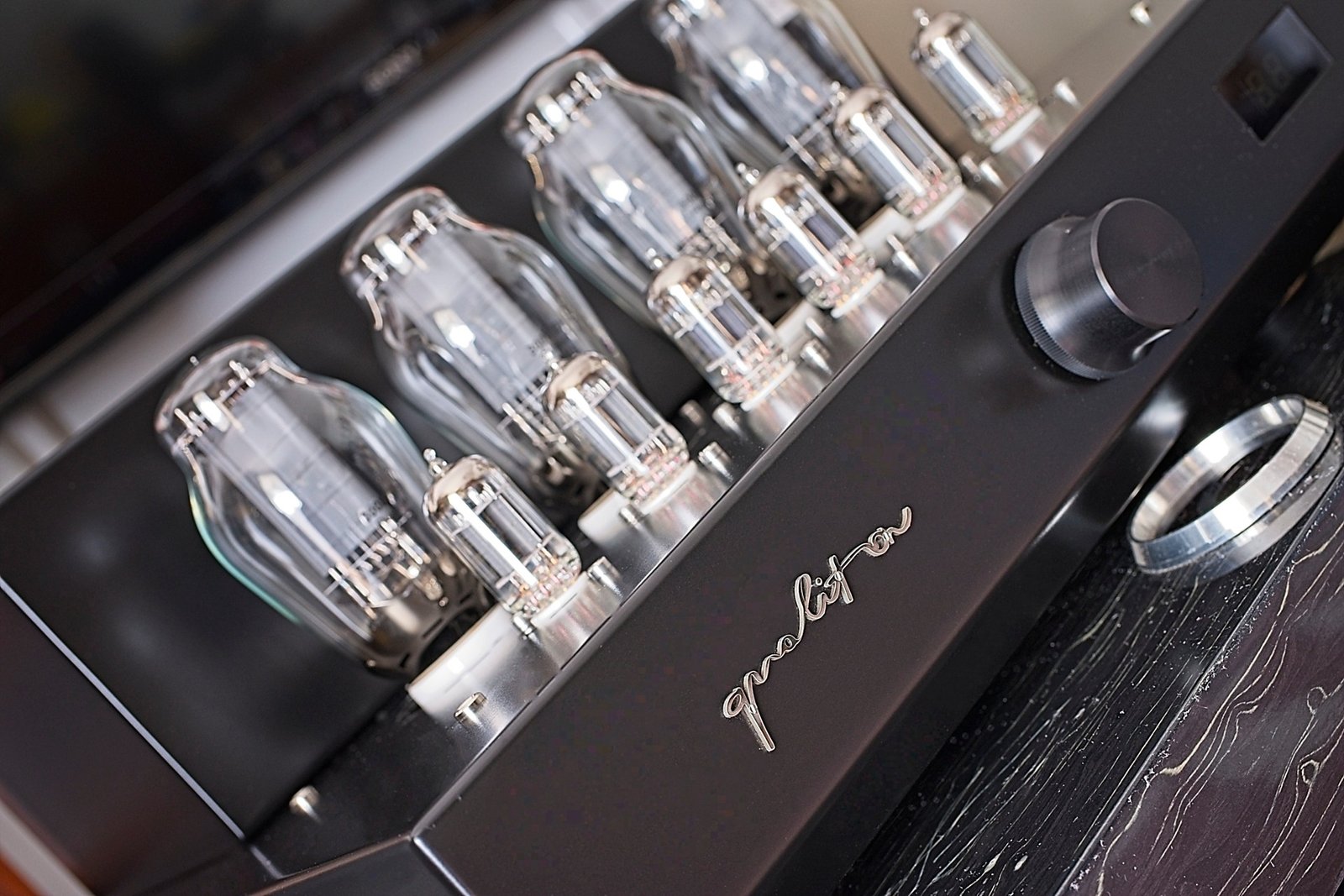
The tested amplifier drove my high-efficiency, easy-to-drive GrandiNote MACH 4 speakers for most of the test, but I also paired it with a bit less „tube-friendly” Wilk Audio Projekt Vega 3, which I reviewed for HighFidelity. As the source of the musical signal, I used my J.Sikora Standard Max turntable with J.Sikora KV12 Max tonearm armed with Air Tight PC3 cartridge and KV9 arm paired with LeSon LS-10 MkII. Signal from both (in turns) pickups was amplified by GrandiNote Celio mkIV phono stage and sent via Bastanis Imperial RCA interconnect to the tested amplifier. On the digital front, I used my custom server paired with LampizatOr Poseidon DAC connected with the Qualiton 300B using Soyaton Benchmark RCA interconnect. The amplifier drove the speakers via Soyaton Benchmark mk2 speaker cables.
After giving the Qualiton 300B maybe an hour to settle in the system and properly warm up, all it took was a couple of tracks to realize it does not offer what is widely considered a ‘typical 300B SET sound’. Was I expecting it? No, not really – the differences between SE and PP configuration are always there, and the lists of pros for both are quite long (at least in my book). And yet, I couldn’t help it either, and even though I knew better, I still looked for a lot of the Single Ended magic. I just love 300B SETs for their organic, palpable, warm, rich, and yet pure sound, and I would love for more people to have a chance to experience it.
Since there are few ‘right’ speakers for SET amps for that to happen, there would have to be amplifiers on the market offering a similar sonic signature and significantly higher output at the same time. Among amplifiers I know, Ayon Audio comes closest with their amps based on 62B triodes (Crossfire), the larger and more powerful cousins of 300Bs, but that’s about it. The tested amplifier, on the other hand, may not sound like a typical 300B SET, but it does offer something else. Not entirely different, but different nonetheless. To be very clear, it doesn’t mean ‘worse’, as it was clear from the very beginning that it is an excellent performer, just different.
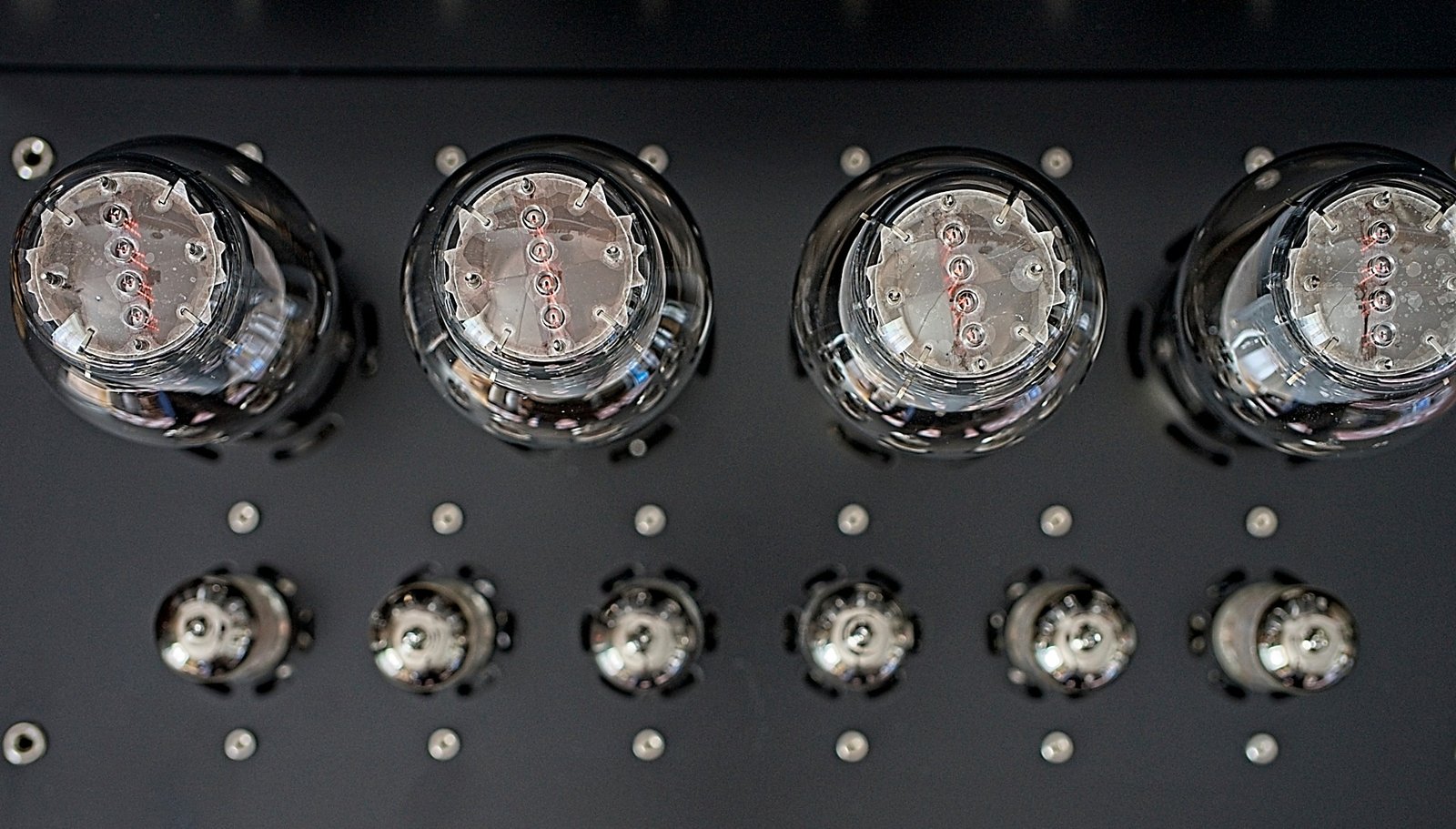
300B SET fans, such as myself, will still find a lot to love about the Qualiton 300B performance, but it will also attract those who prefer a bit less warmth and more transparency, a bit less focus on the midrange but rather a more wide-range approach to sound reproduction. The latter is also true for many best 300B SETs, but they require not only very good, but also well-matched (as already discussed, in terms of efficiency and flat impedance curve) speakers to deliver. The 25W output of the Hungarian amplifier will allow users to choose from a much wider range of speakers, although they will still have to be very good performers to match what the tested integrated amplifier has to offer.
What I noticed about the Qualiton 300B performance first, when listening to Patricia Barber’s album „Higher” was on the one hand the clarity and transparency of the presentation, and on the other, how good, powerful, yet focused, rich, and when needed fast, the bass was as well. Both qualities are usually associated with solid-state amplifiers, rather than ones based on tubes, particularly triodes. These are stereotypes and not absolute truths, as, for example, the same description could be used for the excellent Air Tight ATM-300R, so a classic, although belonging to the best, representative of its 300B SET species. In other words, the Hungarian amplifier is yet another proof that one should not be too attached to stereotypes, nor experiences, but rather keep an open mind when listening to a new component.
More typical 300B-like feature of the performance that Qualiton 300B showcased as well was the high resolution of the presentation, which filled the room with a wealth of information, including tiny details and subtleties. Another was the natural, warm, rich timbre of Patricia Barber’s amazing vocals. The artists and her band seemed a little less ‘present’ or ‘here and now’ with the tested amplifier than I was used to with most (good) SETs, but on the other hand, it offered a better, surely easier, insight into the deeper layers of every track. The forefront and Patricia were still the key parts of the performance, but other musicians and their instruments, also those placed further away from me, were presented in a clearer, more distinct way. All the phantom images, while a little bit less palpable, seemed equally big and better separated from each other. Mind you, the latter didn’t mean that the whole was less coherent – it was still one of the key qualities of the performance!
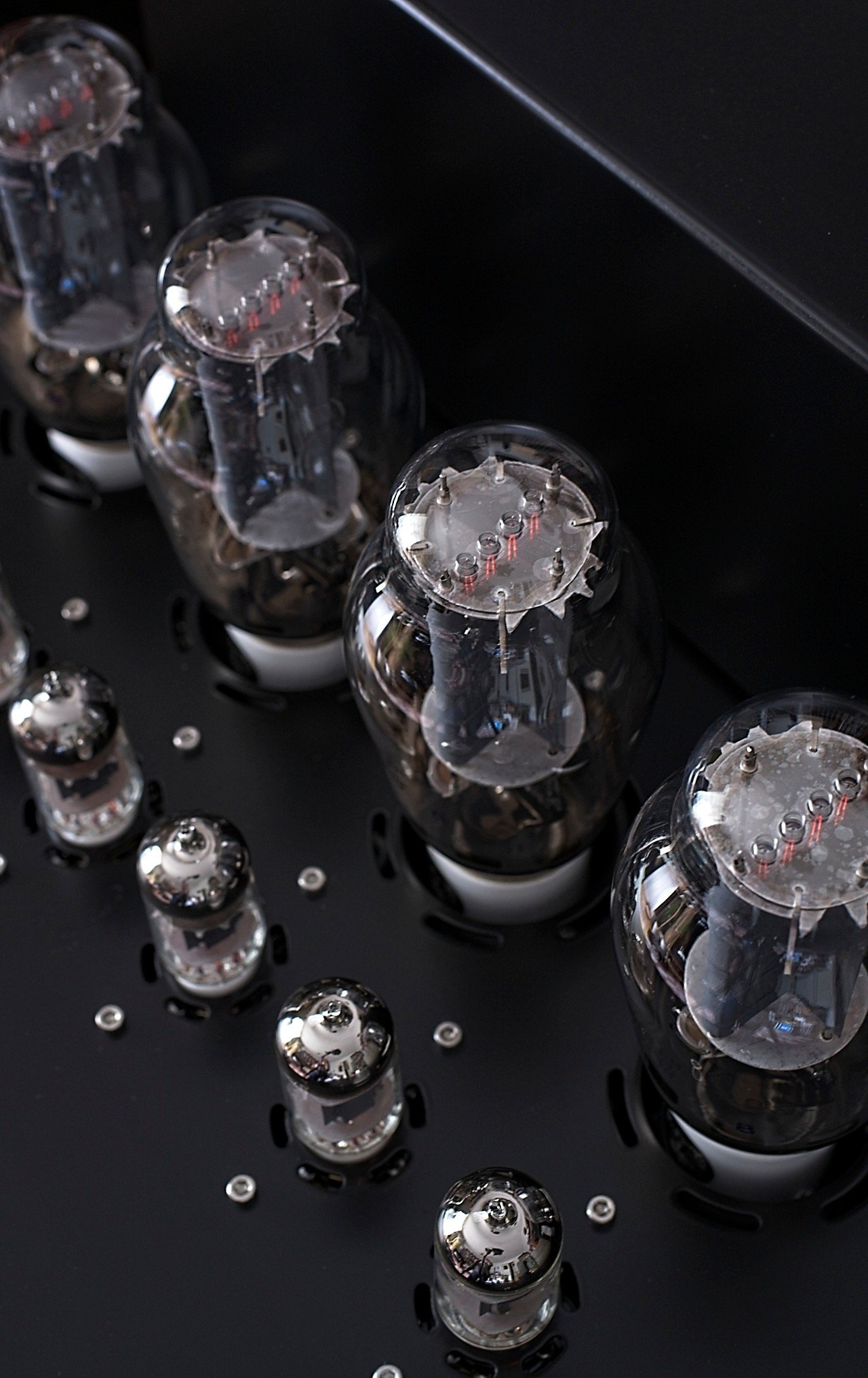
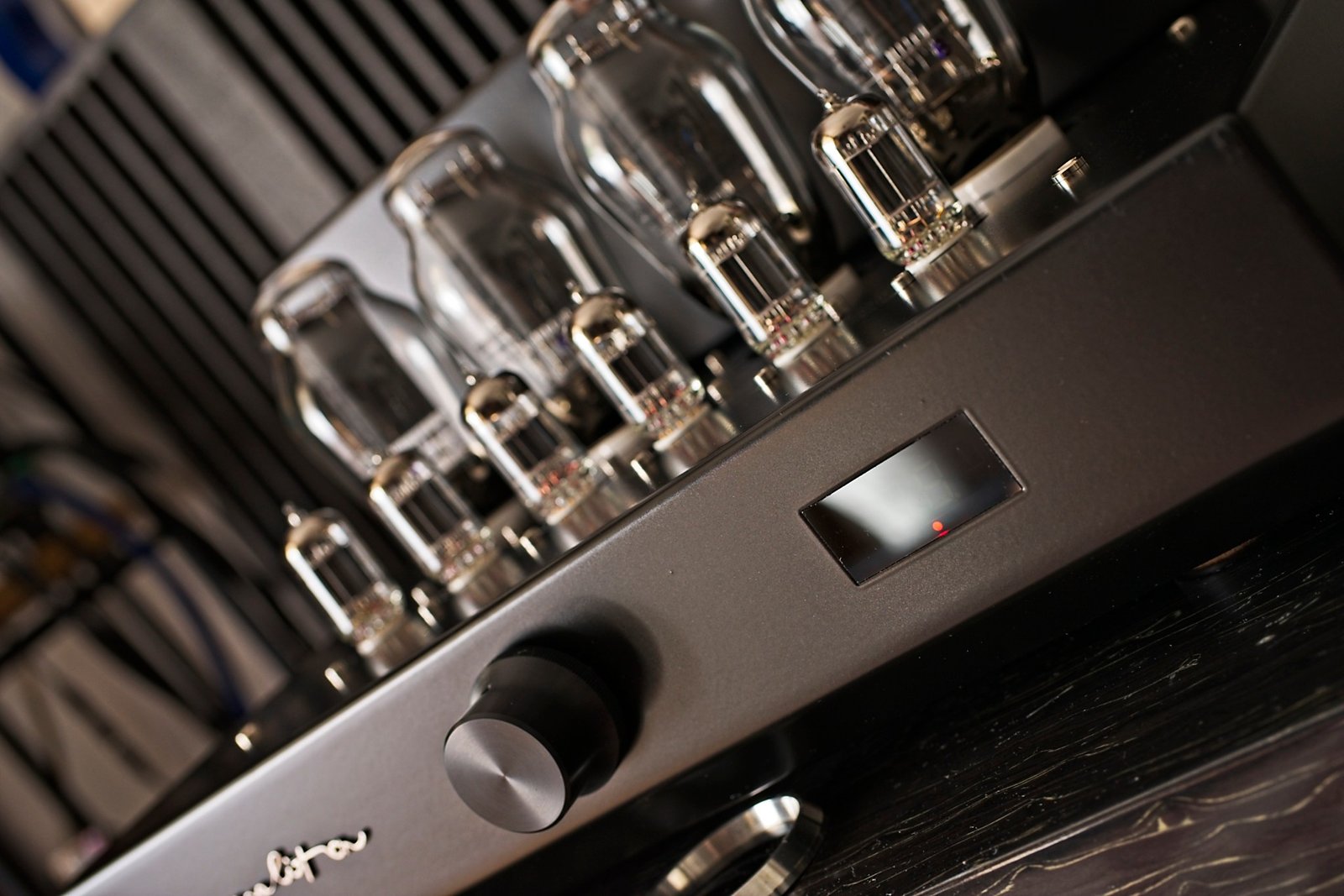
Next up was Ahmad Jamal and his „Ahmad’s Blues”, an excellent live recording from 1958! While the maestro and his piano played the main role, both the drummer, Vernel Fournier, and the bassist, Israel Crosby, ‘fought’ for my attention on equal footing. Qualiton 300B overall was less romantic in its interpretation of this recording than my modified ArtAudio Symphony II, but the sound of each instrument, as well as the trio’s as a whole, and the performance as whole that happened in a particular venue in front of live audience, sounded beautifully natural, very convincing, drawing me in and keeping a smile on my face from start to finish.
Just as many recordings from that period, also this one conveyed an amazing energy of the performance, its incredible dynamics, but also clearly showed how much fun the musicians had playing with each other and interacting with the audience, drawing energy and inspiration from it. I wouldn’t dare to dispute Jamal’s talent, skills, and leadership, but with Qualiton 300B, it was the drums and Fournier’s performance that became my prime focus. Such a shift of the listener’s attention compared to what one is familiar with based on previous experiences makes listening to this amplifier even more interesting, allowing one to, sort of, discover well-known albums anew.
In that spirit, I reached for a 45 r.p.m. re-edition of Pink Floyd’s „A Momentary Lapse Of Reason”. Sure, MACH 4s are quite easy to drive, but still, the 25W output delivered by Qualiton 300B proved its value when (quite loudly) playing this rock album. Starting from the lowest, deepest, powerful notes, familiar, rich leading vocals and guitar, and ending with crisp, powerful cymbals, the Hungarian amplifier convincingly conveyed an impressive, highly coherent, energetic, and dynamic performance. This album may not be the band’s top achievement, and yet I like to return to it from time to time, and the Qualiton’s rendition of it turned out to be a particularly satisfactory and engaging one.

Next up was Ray Brown Trio’s „Soular Energy”, or another classic, also beautifully recorded and released. Again, while Ray was the leader of the trio, and his talent and skills were clearly on display on this album, the way Qualiton 300B presented these recordings allowed me to enjoy equally the mastery of Gene Harris on piano and Gerryck King on drums, as well as guest musicians on a few tracks. The piano sounded very clean and vibrant, very lively and tuneful, did not have as much body as in many other recordings, but it’s exactly how they captured it for this album. Drums played in the background, but again, the cymbals were crisp, well-differentiated, and their sound carried a lot of energy, without them becoming the dominant feature of the recording.
The double bass is quite a difficult instrument to record and later reproduce naturally and convincingly. Yet, the people responsible for this album did an excellent job, and the instrument sounds particularly pure, yet tuneful, gentle, and powerful as needed, yet never dull. The tested amplifier delivered it all – the „juicy” tone, the quickly plucked strings, and the deep, powerful support from the wooden body, as well as the clear leading edge and long, full decay. All these features beautifully combined to deliver quite, at this point I would even say somewhat surprisingly, ‘SET-like’, or ‘here and now’ performance by the maestro. I enjoyed it so much that I had to play the whole album before moving on to the next stage of the ‘test’.
The latter was one of my favorite blues live performances caught on tape and released (years later) on vinyl records, namely Muddy Waters „Live At The Checkerboard Lounge, Chicago 1981”. There are so many superstars on a small stage, including members of the Rolling Stones, that the stage bursts with energy and big egos. It is not some super-duper audiophile album, and yet, if the setup keeps up, it gives you a chance to enjoy side-by-side Muddy, Buddy Guy, Lefty Dizzy, Keith Richards, Ron Wood, and obviously Mick Jagger (to name only the most famous ones). Qualiton 300B did an excellent job not only recreating the very unique atmosphere of the whole event, but also giving a chance to each of those brilliant musicians to shine (or show off :-)). And that’s not an easy feat as they crowded the small stage playing elbow to elbow, and yet I could easily distinguish one musician from the other and focus on a chosen one at any moment without even trying.
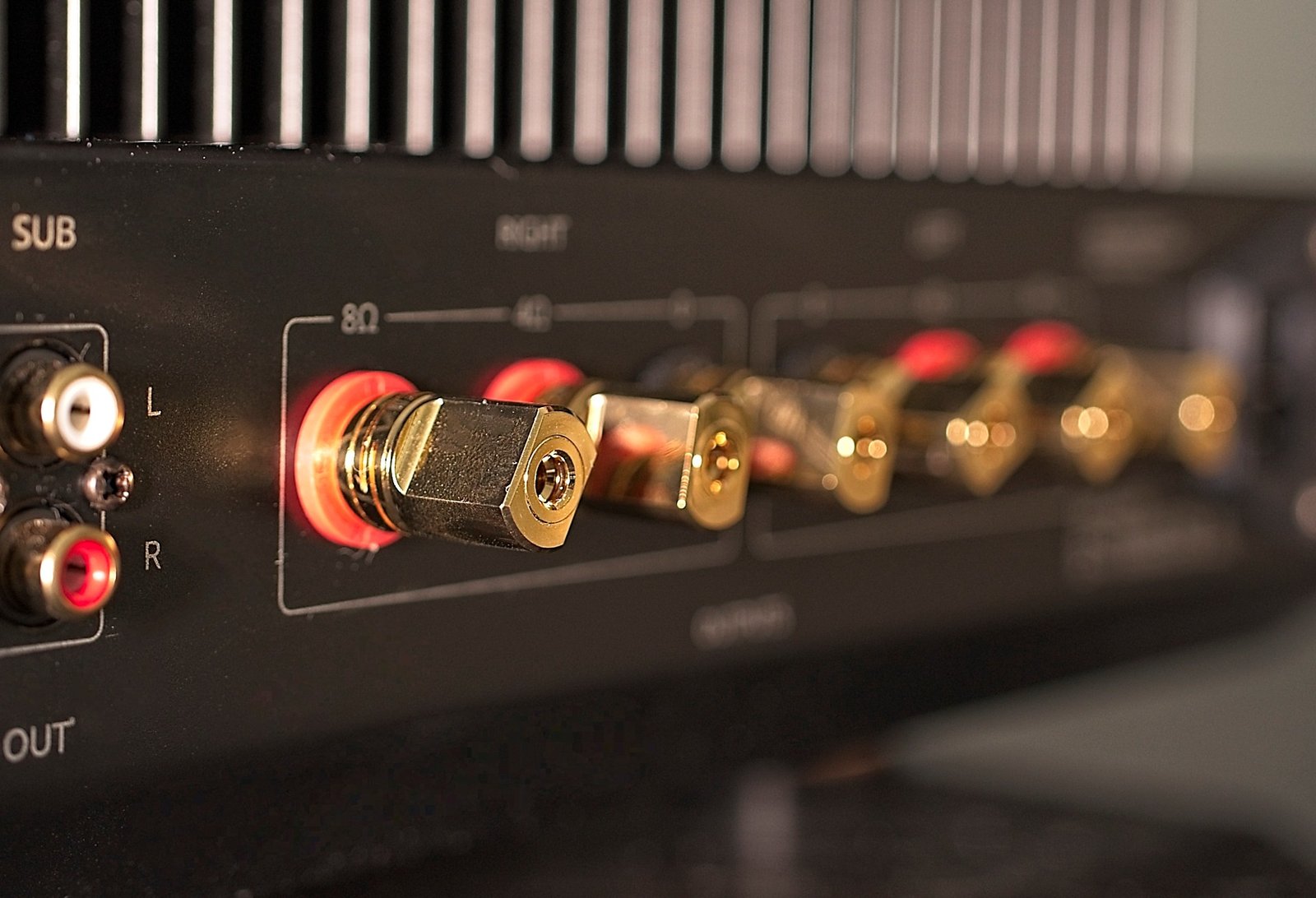
As for a non-audiophile recording, the tested amplifier was able to convey a surprising lot of information in a clean and orderly fashion. As I mentioned a few times already, the Qualiton 300B has its own voice, own sonic signature, sharing some qualities with good 300B SETs, but following a more neutral, less midrange-focused path. And yet… listening to the Muddy-Mick duo, I couldn’t help but love how natural, rich, and highly expressive both voices were. And that’s what, in my opinion, the SET amps (not only 300B, but also 2A3, and even more so 45) do better than any other ones. Listening to these two gentlemen, I forgot all about SET/non-SET comparisons and just got immersed in a fantastic performance. Let me just add that the control over speakers the tested amplifier executed was flawless, which translated also into an excellent, feet-tapping, fingers-snapping experience due to excellent PRAT, which is yet another key element of blues.
Last but not least, I turned to some operas and symphonic music. These are the biggest challenges for any audio setup and component, which led me to use them as an ultimate test to confirm all the findings. And they did because it was the clarity and transparency, plus this particularly orderly way of presentation, that struck me first. The image of the orchestra was precise, well-structured (or layered, if you will), with each group of instruments being firmly placed on the wide and deep stage. The clarity and resolution, combined with very good differentiation, allowed me to follow any chosen group or even individual instruments. The orchestras never lacked power, punch, or momentum, and the dynamics of the presentation could put even some solid-state competitors to shame.
And yet… while Qualiton 300B definitely wasn’t as romantic as many other 300B amplifiers I knew, it never sounded dry, or bright, or aggressive because of its tonal richness and saturation, or the qualities I attributed to the 300B triodes. The „tube-touch” was even more obvious when listening to some of my favorite operas. While vocals of all types (maybe except for some rock ones) still sounded better (to my ear) on a good SET, Qualiton 300B was as good with their presentation as, say, my excellent Class A Shinai, which means really, really good. Plus, it did a great job conveying the emotional layer of the performances, an important feat of any opera.
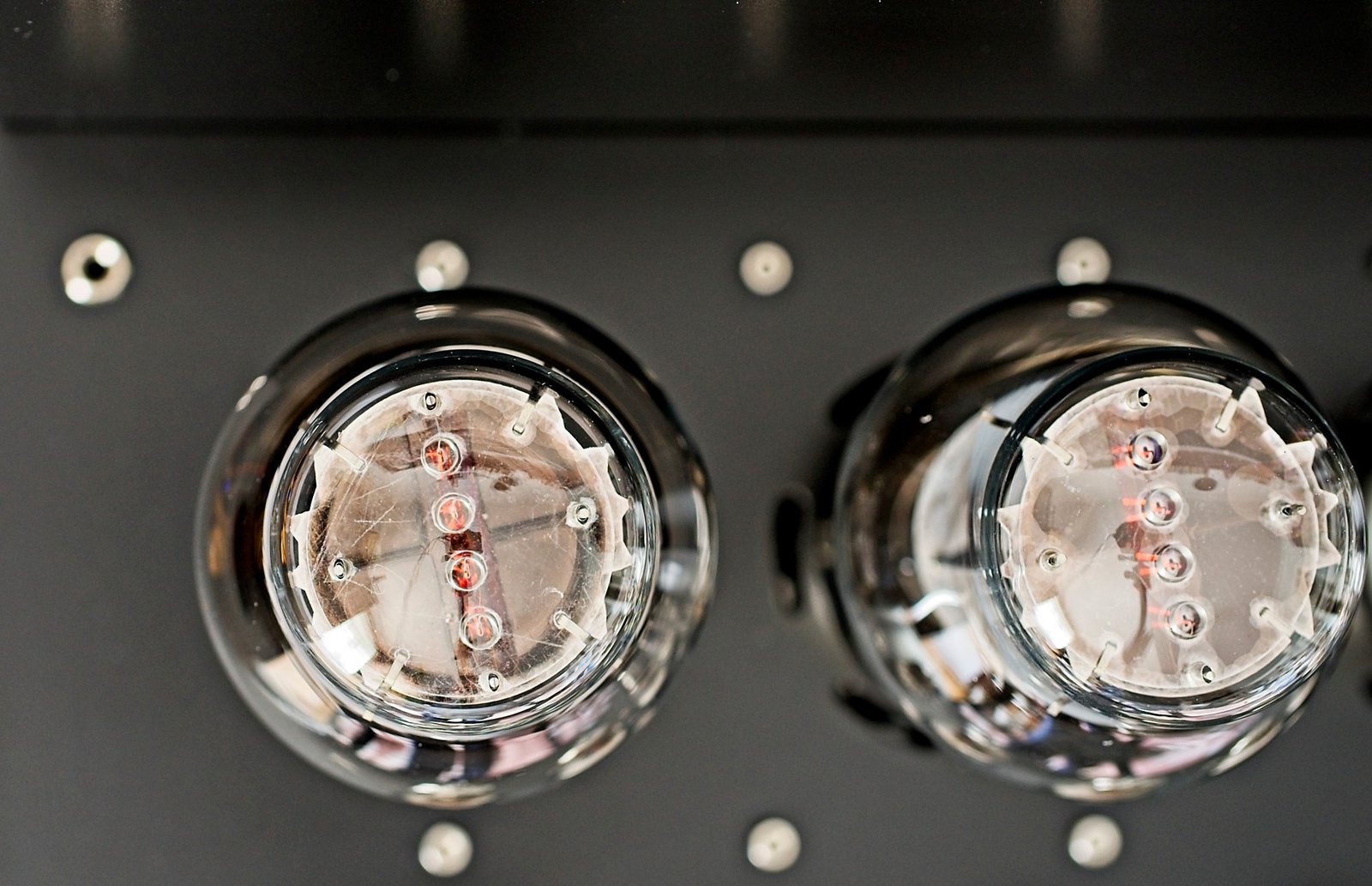
Summary
The name, Qualiton 300B, surely (mainly) will attract the attention of a certain crowd, the SET aficionados. It is a different kind of animal, though. The 25W output per channel means that, first of all, one doesn’t have to look for some super-friendly speakers, although the right match is still a key as in any kind of setup. Still, the main complaint concerning the mere 8W output of most 300B SETs has been successfully addressed. Secondly, it is not a sweet, romantic, midrange-focused performer but a more versatile, yet equally refined one – still sounding very natural, but more tonally neutral than many (not all!) SETs. You’ll get with it crisp, open, vibrant treble, powerful and quite tight punch in the lower regions, rich, colorful midrange, and, importantly, they all come smoothly together to deliver a very coherent, dynamic, and energetic performance.
All these qualities combined mean that music genre won’t matter much (I guess, heavy metal fans may still prefer some powerful solid-state amp, but even some of them will appreciate the qualities this amplifier has to offer). In my extensive tests, Qualiton 300B played convincingly acoustic and vocal music, beautifully rendering timbre, texture, individual (vocal) characteristics, and taking proper care of spatial aspects of the recordings. But also when it came to blues, rock, and classics, including operas and symphonic performances, it kept me interested, excited, and involved, with my feet constantly tapping the rhythm. It does offer some of that famous „300B magic”, but it combines it with more punch, more energy, and clarity, thus offering its own, highly attractive sonic character. Qualiton 300B is a refined, good-looking performer that will appeal to various, demanding music lovers. One more thing – don’t forget it is a tube amplifier, so via tube rolling you can have (to a point) an influence on how it sounds. No solid-state can give you that!
